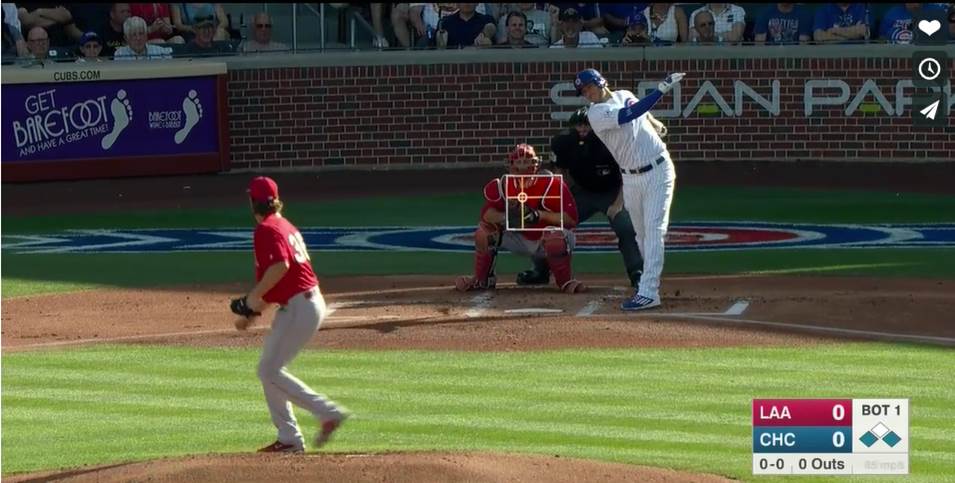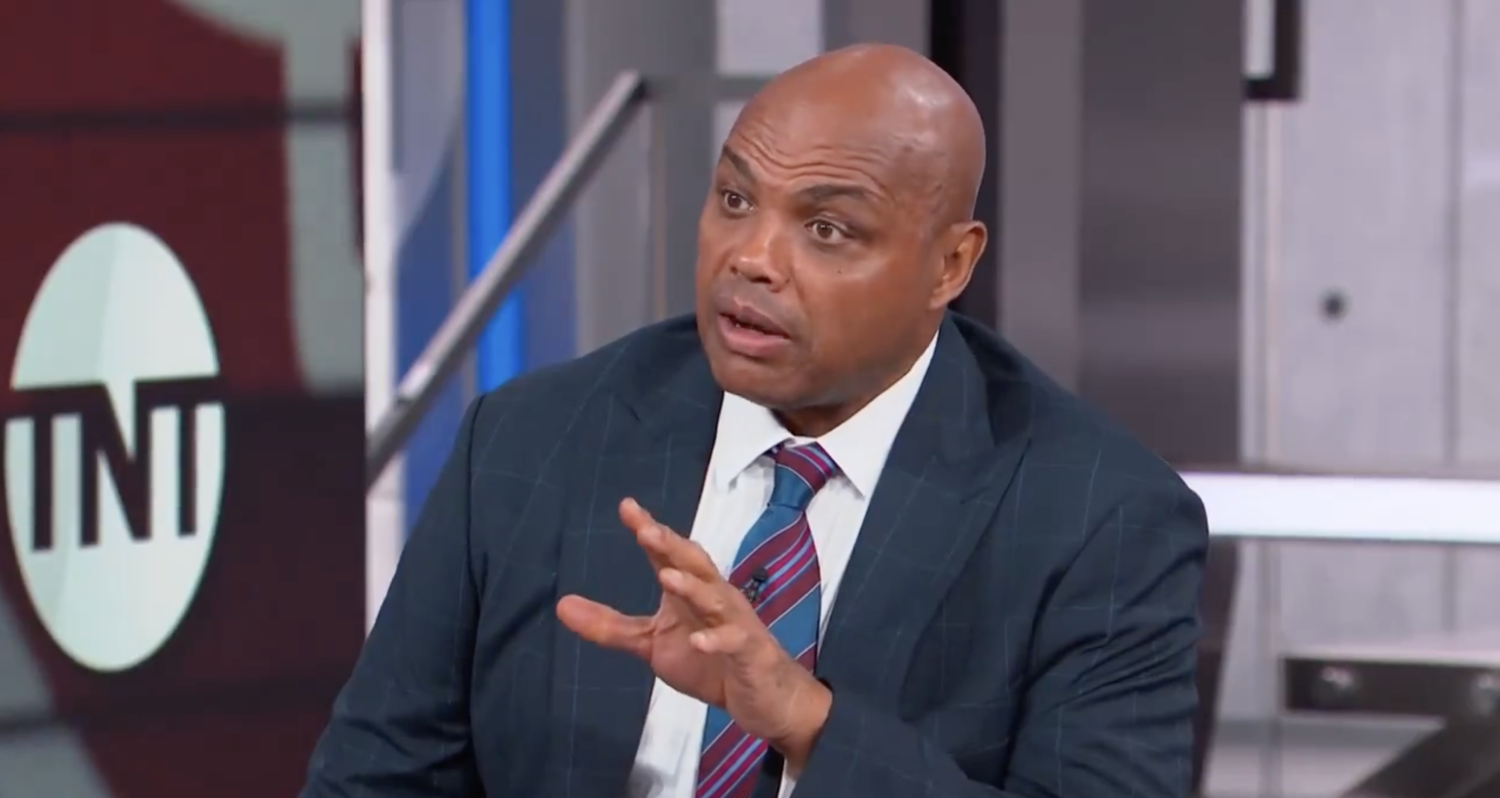ESPN kicked off the MLB season on Sunday night by airing the Cardinals-Cubs game from a half-rebuilt Wrigley Field. The Cardinals jumped out to an early 3-0 lead, and the game slowed to a crawl thanks to Chicago’s ineptness when it came to bringing home runners. But the real story for viewers at home was some of ESPN’s new graphics packages, including their implementation of K-Zone on top of the strike zone all game long while hitters were at bat.
In case you missed our article last week discussing the changes, ESPN’s lead MLB producer Phil Orlins was optimistic about the implementation of K-Zone, and while he expected fans to initially be apprehensive, he expected that we’d all get used to it in time. Personally, I quickly adapted to K-Zone, and wasn’t even bothered by it a few innings into the game. In fact, I actually began to enjoy K-Zone because of how well it emphasized the personal strike zone of home plate umpire Mike Winters and how well catchers Yadier Molina, David Ross, and Miguel Montero (three of the best pitch framers in the game) were able to frame pitches thrown outside of the zone by their pitchers.
The constant K-Zone isn’t going away any time soon. If every network bailed on every new idea they had after one game, sports on television would look a lot different today. Imagine watching an NFL game without the 1st and 10 line. That, along with K-Zone, is actually relevant to the broadcast without insulting viewers. It’s not Fox’s ridiculous fake snow from this winter. It’s not the glow puck. You want to know what the strike zone looks like, right? You want to know whether or not a pitch was a by the book strike, right? K-Zone highlights the strike zone in an accurate, largely unobtrusive manner. It’s not the giant block off to the side that isn’t set to scale, like you see on Fox and Turner’s broadcasts.
I understand why people may not like K-Zone. It’s new. It’s distracting, for as much as a box on a catcher during a pitch that didn’t result in a ball in play can be distracting. But if you want to make baseball more watchable on television, why not implement new technology like K-Zone in order to drive some discussion? Instead of casually wondering if an umpire is calling a wider zone, you can see it on every pitch. Instead of whining about your team getting biased against because of some borderline calls, you can see if the zone actually is consistent for both sides.
Maybe that’s not what some fans want – maybe they just want to watch baseball like they always have. And that’s fine. But I like innovation. I like data. I like forward thinking approaches as opposed to doing the same thing year after year. And maybe that’s why I like ESPN’s constant K-Zone, and why I’m excited to see their spray charts in action on the field this year, and why I don’t immediately damn a network for doing something new.
Is ESPN’s MLB coverage perfect? Of course not. Some of the camera angles last night were bizarre. Curt Schilling and John Kruk’s tangential stories were downright odd at times, but that’ll happen during a game where the teams combine for four hits over the final four and a half innings. The focus on Wrigley’s incomplete renovation got old, but that’ll be a recurring feature until the first wave of renovations are done over the summer. But K-Zone was a fine addition to the broadcast for me, and hopefully, everyone will get used to it in time.






